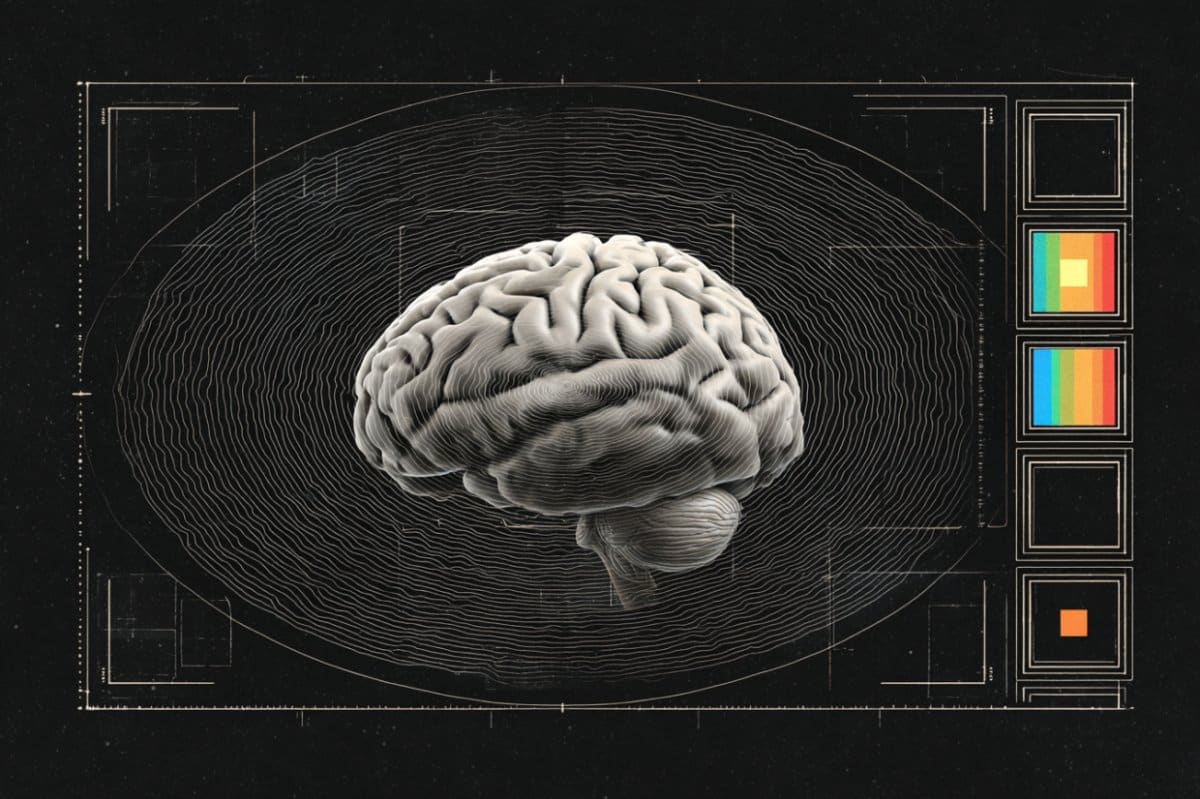The human brain has to pull off a neat trick: keep yesterday’s memories safe while it writes today’s experiences into the same tissue – plasticity and stability at the same time.
For decades researchers assumed that one set of molecular “sockets” handled every message at a synapse, whether that message was the everyday buzz of spontaneous activity or a carefully timed burst driven by sight, sound, or thought.
That assumption just crumbled, thanks to work published by a University of Pittsburgh team led by neuroscientist Oliver Schlüter.
The group shows that the brain runs two parallel delivery services, each with its own hardware, so circuits stay steady even while they rewire for learning.
Brain plasticity and stability
Synaptic plasticity is the capacity of brain connections to strengthen, weaken, appear, or disappear. Too little plasticity stalls learning, while too much risks runaway excitation linked to epilepsy and psychiatric illness.
Neurons juggle this balance through two kinds of signaling.
Evoked transmission fires when a sensory event or a rapid volley of spikes arrives, and it drives classic Hebbian strengthening; spontaneous transmission happens randomly and provides background calibration.
Many labs treated spontaneous events as harmless noise, but genetic and imaging work now shows they tune synaptic weight and even guide dendritic growth.
Schlüter’s team asked whether the same docking sites could really handle both the tuning signal and the teaching signal.
How to study brain plasticity
“We found that they diverged after eye opening,” said graduate researcher Yue Yang, research associate, University of Pittsburgh. and colleagues recorded from layer 2/3 pyramidal neurons in mouse visual cortex before and after the eyes opened.
Evoked responses kept growing as vision drove experience. Spontaneous events flat-lined, refusing to track the evoked climb.
When the team applied trichlormethiazide, a drug that blocks AMPA receptor desensitization, spontaneous event rates doubled while evoked potency rose only modestly.
That pharmacological split hinted at distinct postsynaptic zones, some primed for high-priority traffic, others sitting “idle” until chemical cues wake them.
Two signaling modes, two addresses
Detailed electrophysiology revealed “silenceable” sites that start life without AMPA receptors; they awaken during critical-period learning and handle evoked bursts.
Alongside them sit “idle-able” sites that carry AMPA receptors but often park those receptors in a non-responsive state.
In mature cortex roughly one idle-able site lurks for every active silenceable site, yet normal recordings miss them because their receptors lie dormant.
Blocking desensitization pops the receptors back online, exposing a hidden reserve of capacity without altering presynaptic release probability.
Two-photon glutamate uncaging confirmed the architecture. Single-spine flashes ramped up in size after drug treatment, showing that both site types coexist on the same spine rather than segregating on different branches.
What makes a synapse go idle
Some synapse sites enter standby through a process the authors call synapse idling plasticity. During the critical period more evoked channels open, so background chatter risks climbing; idling counteracts that rise, locking receptors until needed.
The idle state is not ordinary desensitization, because other drugs that block desensitization leave spontaneous frequency untouched.
Instead it may involve auxiliary proteins that hold AMPA receptors in a closed conformation and release them only under specific neuromodulatory or metabolic conditions.
Why it matters for health and disease
Disrupted balance between spontaneous and evoked signaling has been linked to autism, addiction, and Alzheimer’s disease.
By mapping where each mode lives, the new data provide molecular targets for tuning one channel without crashing the other.
An antiepileptic, for instance, could aim to idle overactive silenceable sites while sparing spontaneous homeostasis.
Conversely, a cognitive-enhancing therapy might unidle dormant reserves to boost learning capacity in aging brains.
“The brain can remain stable while still being flexible enough to adapt and learn,” said Yang.
That design principle may inspire artificial networks that self-calibrate instead of forgetting old tasks every time they study a new one.
Looking ahead
Future work will probe how neuromodulators like dopamine flip the idle switch and whether similar dual-address systems exist in the hippocampus and prefrontal cortex.
In parallel, high-resolution cryo-EM could reveal the exact scaffold proteins that fence off AMPA nanoclusters at each site.
Clinical translation will take time, but the blueprint is already shifting drug screens toward molecules that discriminate between idle-able and silenceable domains.
If successful, such agents could fine-tune plasticity with fewer side effects than today’s broad-spectrum modulators.
The study is published in Science Advances.
—–
Like what you read? Subscribe to our newsletter for engaging articles, exclusive content, and the latest updates.
Check us out on EarthSnap, a free app brought to you by Eric Ralls and Earth.com.
—–
Source link



